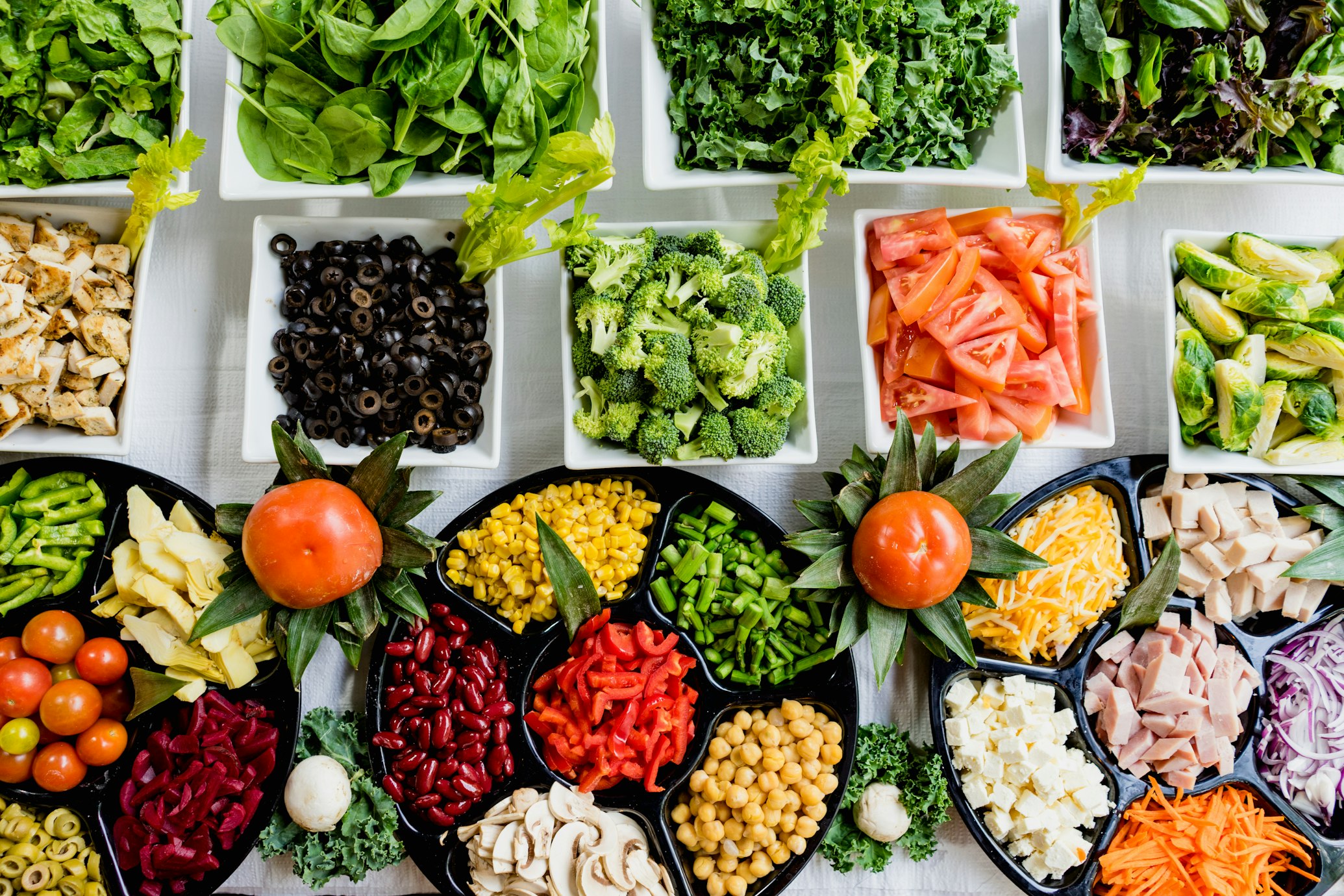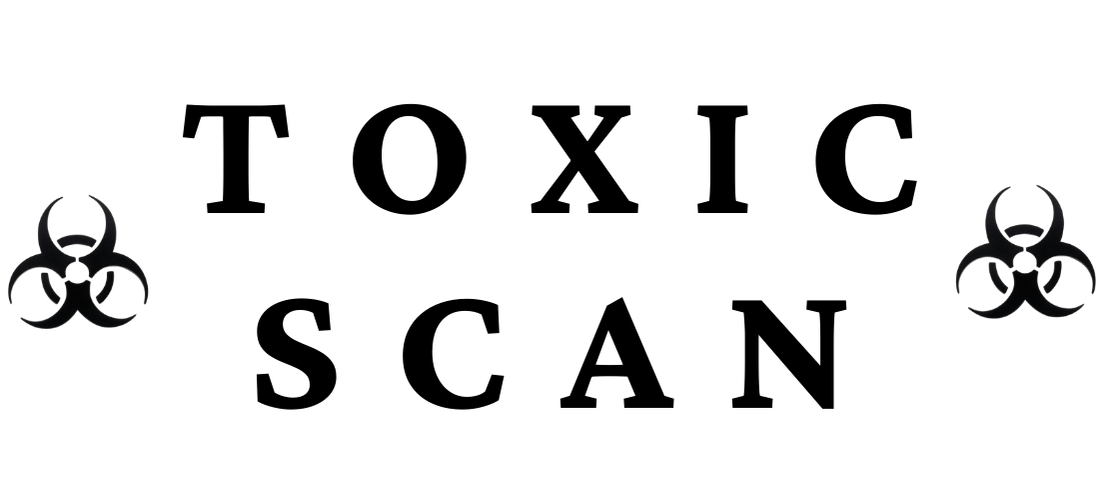Reducing Pesticide Exposure from Produce: A Practical Guide

Reducing Pesticide Exposure from Produce: A Practical Guide
Fruits and vegetables form the foundation of a healthy diet, providing essential nutrients that protect against numerous health conditions. However, conventional farming methods often involve pesticides that can leave residues on produce. While regulatory agencies set limits on pesticide use, many consumers prefer to take additional steps to reduce their exposure to these chemicals.
Understanding Pesticides on Produce
Pesticides play a significant role in modern agriculture, helping farmers protect crops from insects, weeds, fungi, and other pests. While these chemicals increase crop yields and improve cosmetic appearance, some pesticide residues can remain on fruits and vegetables when they reach your kitchen.
The potential health effects of pesticide exposure depend on numerous factors, including:
- The specific pesticide used
- The amount of residue present
- The frequency of exposure
- Individual factors such as age and health status
Children, pregnant women, and those with certain health conditions may be particularly vulnerable to potential adverse effects from pesticide exposure.
Conventional vs. Organic Produce
One of the most straightforward ways to reduce pesticide exposure is to choose organic produce when possible. Organic farming standards prohibit the use of most synthetic pesticides, though it's important to note that some naturally-derived pesticides are permitted in organic agriculture.
Studies have consistently shown that organic produce contains fewer pesticide residues than conventionally grown alternatives. A comprehensive review published in the British Journal of Nutrition found that organically grown crops had 30% lower detectable pesticide residues compared to conventional crops.
However, organic produce is often more expensive and may not be available for all foods in all locations. Fortunately, there are many other effective strategies for reducing pesticide exposure, regardless of whether you buy organic or conventional.
The Dirty Dozen and Clean Fifteen
Not all conventionally grown produce contains the same levels of pesticide residues. The Environmental Working Group (EWG) publishes annual lists called the "Dirty Dozen" and "Clean Fifteen" to help consumers prioritize which fruits and vegetables to buy organic.
Dirty Dozen (Higher Pesticide Residues)
These fruits and vegetables typically contain the highest levels of pesticide residues and might be worth purchasing organic when possible:
- Strawberries 2. Spinach 3. Kale, collard and mustard greens 4. Nectarines 5. Apples 6. Grapes 7. Bell and hot peppers 8. Cherries 9. Peaches 10. Pears 11. Celery 12. Tomatoes
Clean Fifteen (Lower Pesticide Residues)
These fruits and vegetables generally have lower pesticide residues and might be safer to purchase conventionally grown:
- Avocados 2. Sweet corn 3. Pineapple 4. Onions 5. Papaya 6. Sweet peas (frozen)
- Asparagus 8. Honeydew melon 9. Kiwi 10. Cabbage 11. Mushrooms 12. Cantaloupe 13. Mangoes 14. Watermelon 15. Sweet potatoes
These lists can help you make strategic decisions when shopping, especially if you have a limited budget for organic produce.
Effective Ways to Reduce Pesticide Residues
Regardless of whether you purchase organic or conventional produce, proper washing and preparation techniques can significantly reduce pesticide residues.
Washing Techniques
-
Plain Water Rinse
- Start with clean hands and a clean sink
- Rinse produce under cool running water for 30-60 seconds
- Use your hands to gently rub the surface while rinsing
- This simple technique can remove a significant portion of surface residues
-
Produce Brush
- For firm produce with tough skins (like cucumbers, melons, and potatoes)
- Use a clean vegetable brush to scrub the surface under running water
- This helps remove pesticides that adhere to the surface
-
Vinegar Soak (Optional)
- Mix 1 part white vinegar with 3 parts water
- Soak produce for 10-15 minutes
- Rinse thoroughly afterward with clean water
- Note: This may affect flavor and is not necessary for all produce
-
Baking Soda Solution (Optional)
- Dissolve 1 tablespoon of baking soda in 1 gallon of water
- Soak produce for 12-15 minutes
- Rinse thoroughly afterward
- Research from the University of Massachusetts has shown this method to be particularly effective for removing certain pesticides
Additional Preparation Tips
-
Remove Outer Leaves
- For leafy vegetables like cabbage and lettuce, remove and discard the outermost leaves where pesticide residues may be higher
-
Peel When Appropriate
- Consider peeling fruits and vegetables with edible skins like apples, cucumbers, and potatoes
- Note that peeling also removes beneficial nutrients found in the skin, so balance this approach with other methods
-
Trim Tops and Bottoms
- Cut away the tops and bottoms of certain vegetables where pesticides may accumulate
- For example, the stem areas of bell peppers and the ends of cucumbers
-
Blanching
- Briefly immersing vegetables in boiling water followed by an ice bath can remove some surface residues
- This is particularly useful for vegetables that will be frozen
Beyond Washing: Additional Strategies
While proper washing is important, other strategies can further reduce your pesticide exposure from produce.
Smart Shopping Practices
-
Buy Local and In-Season
- Locally grown, in-season produce may require fewer pesticides for preservation during transport
- Visit farmers' markets and ask about growing practices
-
Consider Frozen Options
- Frozen fruits and vegetables are typically processed shortly after harvest
- The blanching process used before freezing can reduce pesticide residues
-
Grow Your Own
- Even a small garden or a few containers can provide some pesticide-free produce
- Window sills can accommodate herbs and some small vegetables
Home Storage Best Practices
-
Proper Refrigeration
- Store produce appropriately to prevent spoilage and reduce the need to purchase more frequently
- Use breathable produce bags rather than airtight plastic
-
Wash Before Use, Not Before Storage
- For most produce, it's best to wash just before using rather than before storing
- Excess moisture can promote bacterial growth and spoilage
Special Considerations for Vulnerable Groups
Certain populations may benefit from taking extra precautions to reduce pesticide exposure:
Children
Children's developing bodies and higher consumption of food relative to their body weight make them more vulnerable to potential effects of pesticides. For children:
- Prioritize organic options for the foods they consume most frequently
- Be especially diligent about washing produce
- Involve them in growing some of their own fruits and vegetables
Pregnant and Nursing Women
During pregnancy and breastfeeding, making choices that limit pesticide exposure may be particularly important:
- Focus on organic options for the Dirty Dozen
- Vary produce selections to avoid repeated exposure to the same pesticides
- Ensure thorough washing of all produce
Balancing Concerns with Nutrition
While reducing pesticide exposure is a valid goal, it's important to maintain perspective. The nutritional benefits of eating a variety of fruits and vegetables—even conventionally grown ones—generally outweigh the potential risks of pesticide exposure.
The most important thing is to consume plenty of fruits and vegetables, regardless of whether they're organic or conventional. If budget or availability limitations prevent you from buying organic, know that conventional produce that has been properly washed is still a nutritious choice.
Conclusion
Reducing pesticide exposure from produce involves a combination of smart shopping, proper washing techniques, and thoughtful food preparation. By implementing the strategies outlined in this guide, you can significantly lower your intake of pesticide residues while maintaining a nutritious diet rich in fruits and vegetables.
Remember that no single approach is perfect, and a balanced perspective is key. Use the information provided here to make choices that work best for your household's health goals, budget, and lifestyle preferences.
References
- Barański, M., Średnicka-Tober, D., Volakakis, N., et al. (2024). "Higher antioxidant and lower cadmium concentrations and lower incidence of pesticide residues in organically grown crops: a systematic literature review and meta-analyses." British Journal of Nutrition, 112(5), 794-811.
- Environmental Protection Agency (EPA). (2023). "Pesticides and Food: Healthy, Sensible Food Practices." EPA. https://www.epa.gov/safepestcontrol/pesticides-and-food-healthy-sensible-food-practices 3. Environmental Working Group. (2024). "EWG's 2024 Shopper's Guide to Pesticides in Produce." EWG. https://www.ewg.org/foodnews/
- Eartheasy. (2023). "Reducing Pesticide Exposure." Eartheasy. https://learn.eartheasy.com/articles/6-ways-to-reduce-your-exposure-to-pesticides/
- National Pesticide Information Center (NPIC). (2024). "Minimizing Pesticide Residues in Food." NPIC. https://npic.orst.edu/health/foodprac.html 6. Yang, T., Doherty, J., Zhao, B., et al. (2022). "Effectiveness of Commercial and Homemade Washing Agents in Removing Pesticide Residues on and in Apples." Journal of Agricultural and Food Chemistry, 65(44), 9744-9752.
